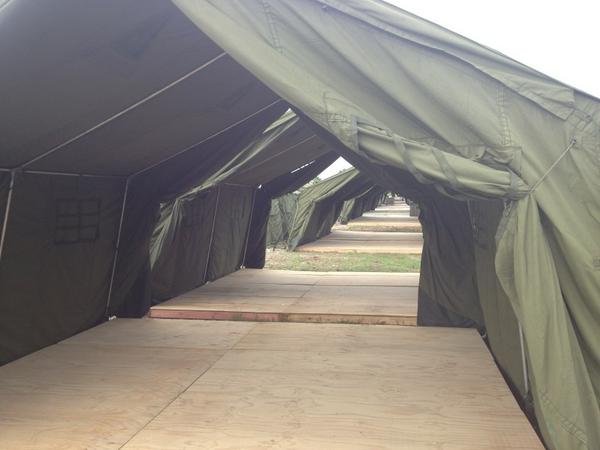
Offshore processing fail
The plan to detain asylum seekers for processing on Nauru and Manus Island has failed even before the first detainee has arrived.
The belief that this policy could be effective was built upon the false premise that the first ‘Pacific Solution’, implemented under the Howard government was effective in deterring boat arrivals.
In fact boat arrivals to Australia did decline during the years 2002-06 while the policy was in effect, but the trend was mirrored globally. The USA, Canada and Europe all recorded a reduction in the number of new applications for asylum for the same period. The number of new asylum applications globally declined by more than half over this period, from more than 600,000 in 2002 to around 300,000 in 2006.
This trend was seen across 43 other countries in the same period where a policy of detention and/or offshore processing did not exist – pointing to significant factors independent of Australian harsh ‘deterrent’ policies (ie push factors) such as noticeable improvement in conditions and stability in refugee producing states were behind the drop in applications.
Aside from the obvious human rights implications, the economics of sending asylum seekers offshore to be processed do not add up, especially when you consider the limited capacity of offshore detention centres and the cost of their construction and maintenance.
Since the legislation to re-introduce offshore processing passed in the senate on the 16th of August, less than 1 month ago, over 2000 people have arrived by boat to seek protection in Australia. The capacity of the Nauru and Manus Island facilities combined will be only 2100 once ‘significant works’ have been completed – which is anticipated to take at least another 6 months. This policy is neither effective, nor sustainable.
Immigration Minister Chris Bowen admits this, but has so far refused to answer questions on the ramifications of capacity issues.
Journalist: What about concerns for the capacity at both Nauru and Manus Island will be full? I mean we’ve had over 550 asylum seekers arrive just in the last week.
Bowen: Well I have made the point repeatedly there are capacity issues at both – there is capacity of 1500 at Nauru and 600 at Manus Island – that is accurate. The point is, to those who have said there is a cap in the Malaysian Arrangement, that there is of course a capacity at both centres.[…]
Journalist: Does it show though that even before the Pacific solution is brought in you need to look at another solution?
Bowen: We need to look at all the 22 recommendations of the Panel Report and implement all 22 that have been recommended to us.
It seems that this policy is just a detour on the way to further attempts to enact the failed ‘Malaysia Solution’, a policy that will never pass this current parliament.
Then there is the huge financial cost of the policy, thought to be around $5 billion. The estimates for the initial works and upkeep on Nauru alone over 4 years have been estimated at $1.41 billion based on a total capacity of 1500 people, this equates to almost $1 million per person detained. Compare this to the cost of processing asylum seekers in the community (as has been proven with the successful community detention program), at $15.7 million for 2010/11 or around $137,000 per person over the 2 years. It is clear to see that the offshore option is financially irresponsible.
This denial of our responsibilities to the world’s most vulnerable people will also impact the residents of both Nauru and Manus Island. For some perspective, consider this comparison:
Canberra: 814.2 sq km Population ~358,000
Nauru: 21.0 sq km Population ~9,300
The projected 1500 people to be housed on Nauru represents a population increase of 16%, the same number absorbed into the Australian population of 22.7 million would represent an increase of only 0.0067%.
By area this translates to 71.4 people per sq km on Nauru, or 0.017 in Australia.
Relative to GDP, Australia would have $610 million of GDP to support each of the 1500 asylum seekers, compared to just $24,600 in Nauru.
Any way you slice it, Australia is failing to live up to its obligations in the region and a simple glance at the numbers makes it clear that this “Pacific Solution II” is nothing more than a temporary distraction. If indeed the government’s aim is truly to prevent deaths at sea, not just to sweep the issue under the rug, a durable regional solution and needs to be developed. This must be done by Australia taking a lead by increasing our intake from Malaysia and Indonesia, cooperation with refugee producing states as well as our neighbours in Asia to provide safe pathways to seeking asylum. There is no other solution.
Leave a reply


Connect with us
Need help from the ASRC? Call 03 9326 6066 or visit us: Mon-Tue-Thur-Fri 10am -5pm. Closed on Wednesdays.